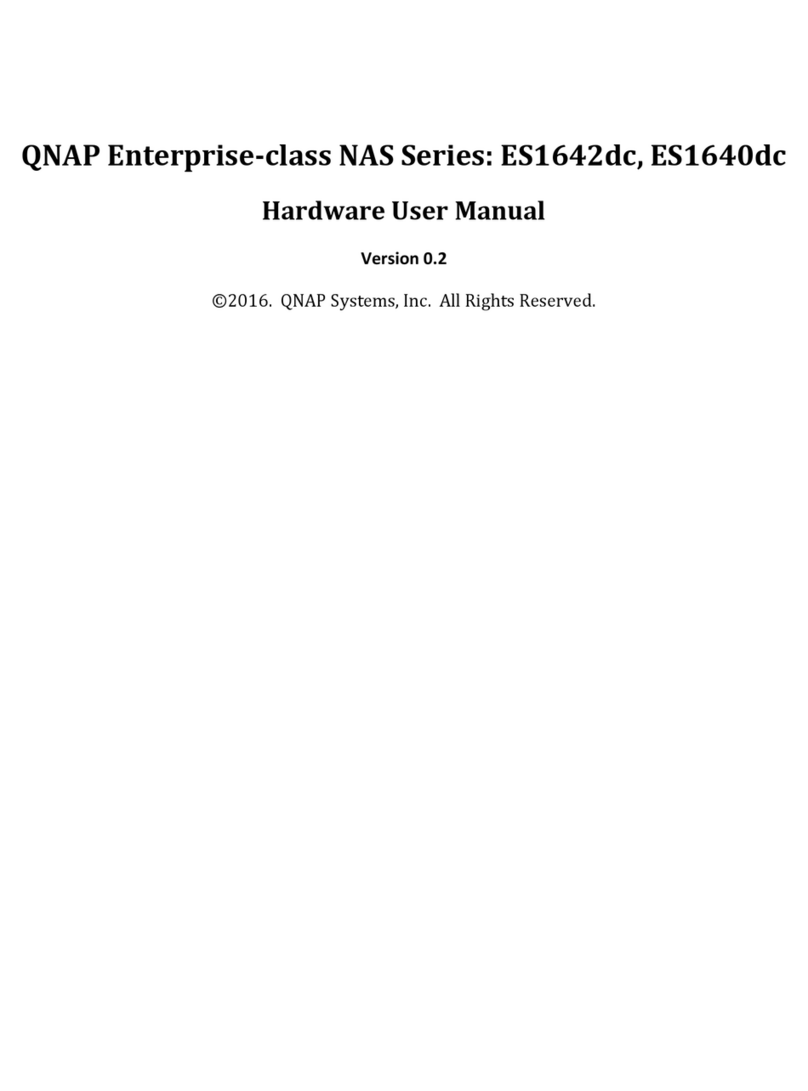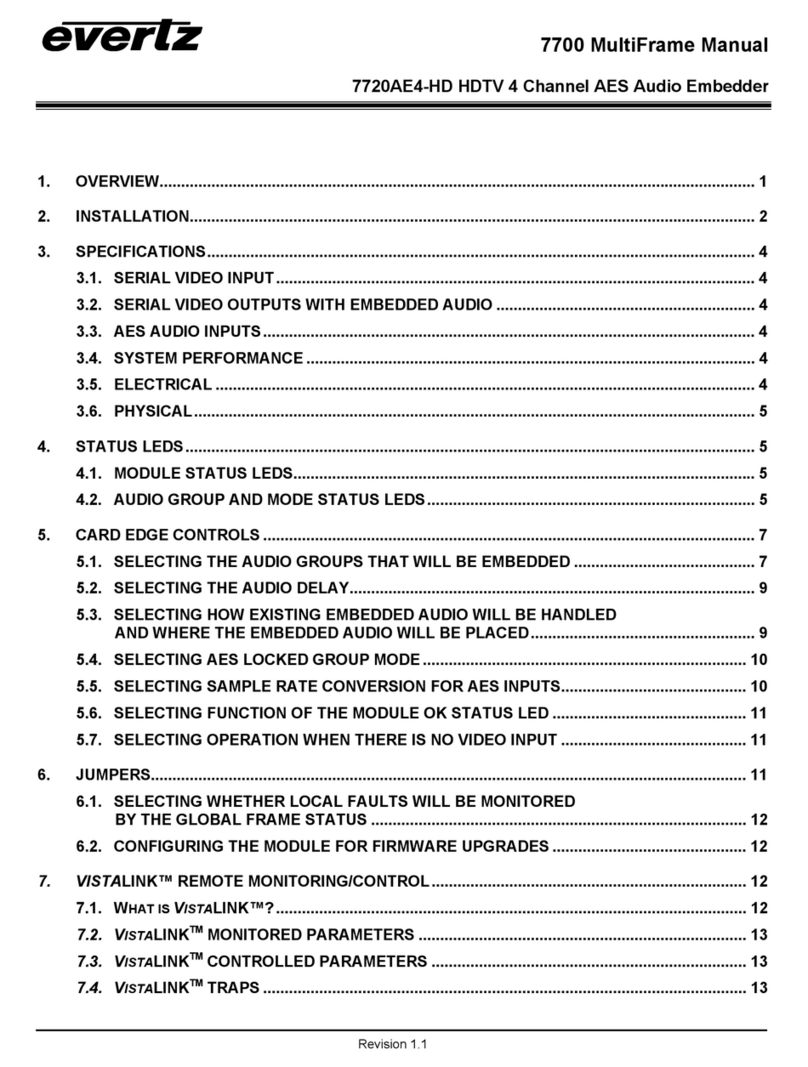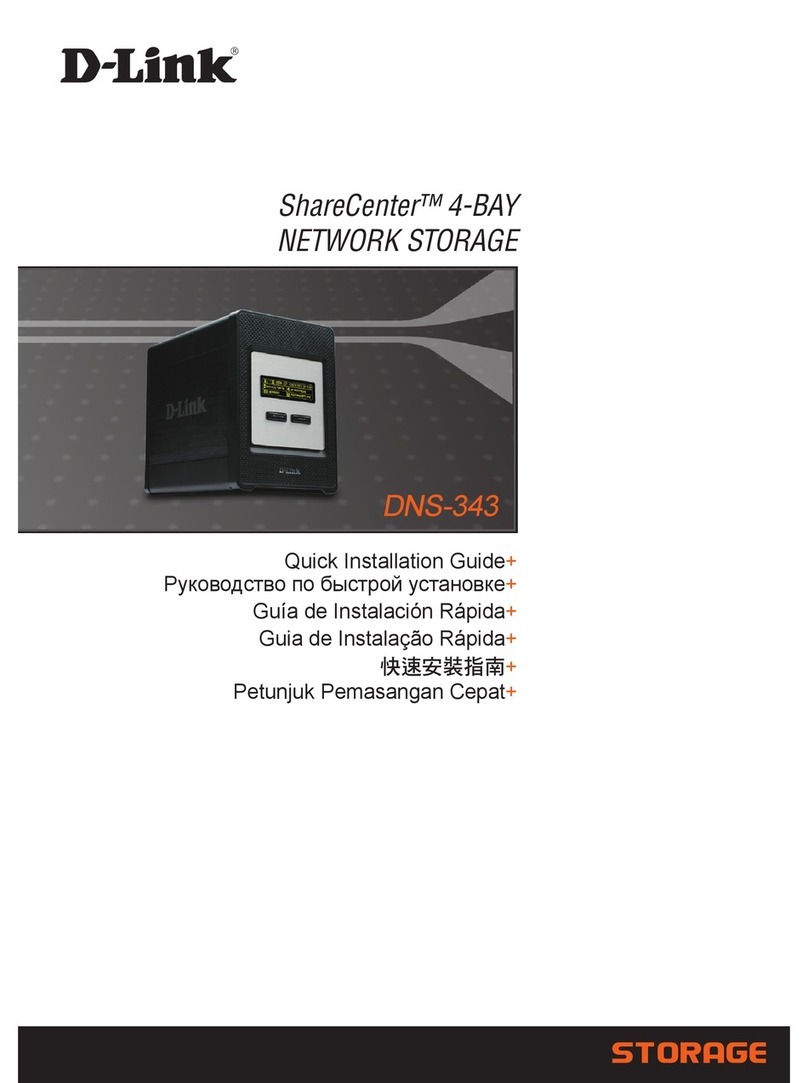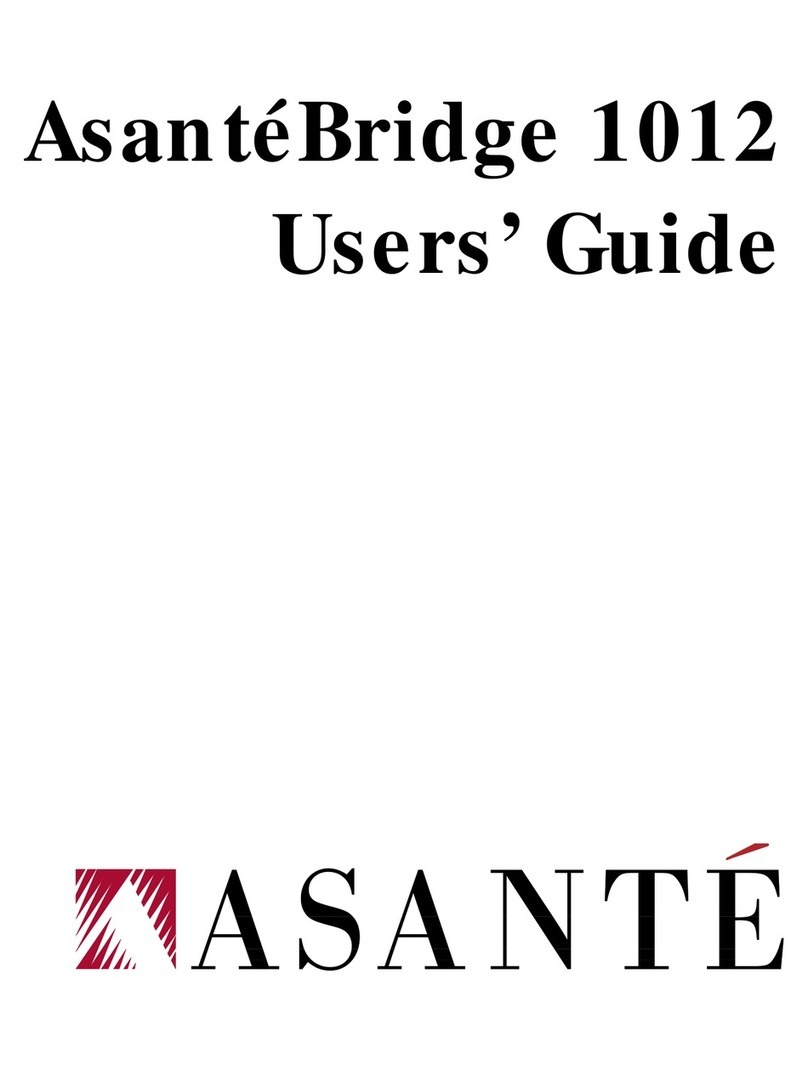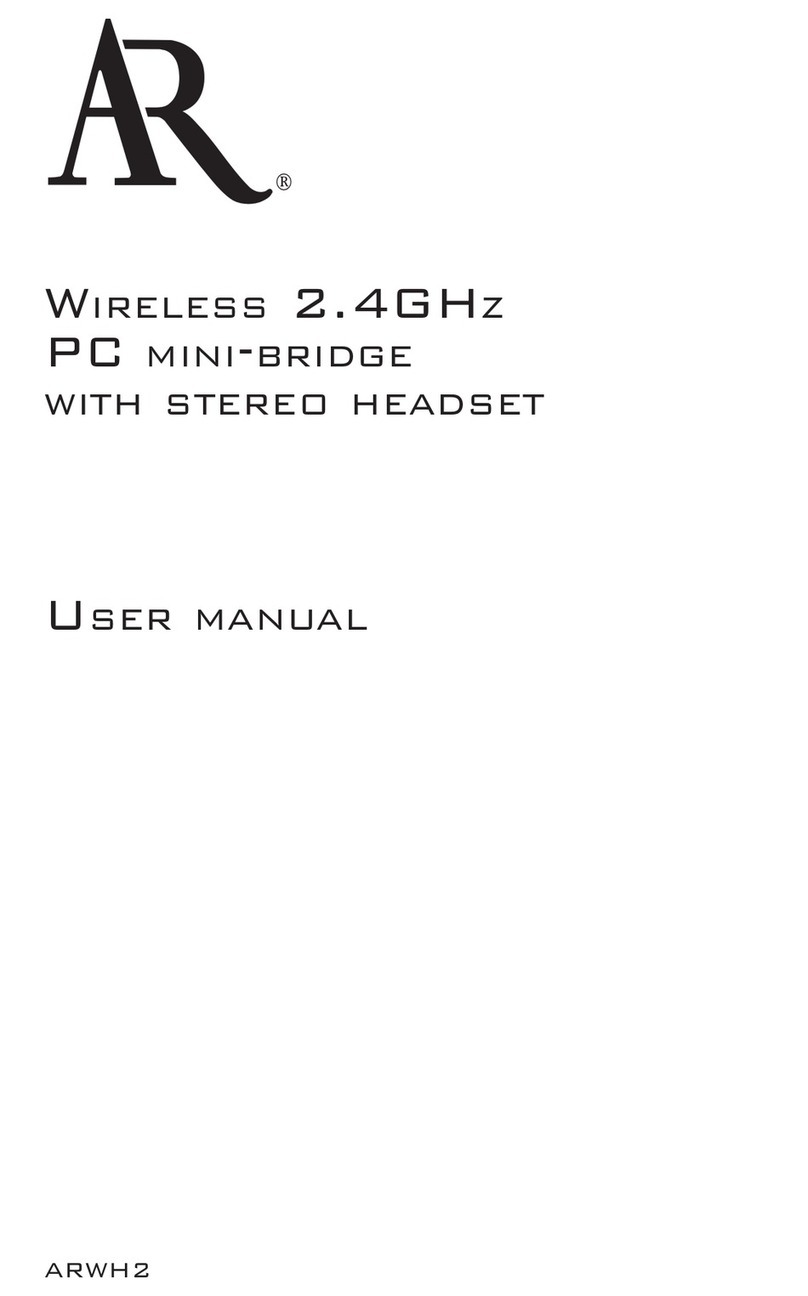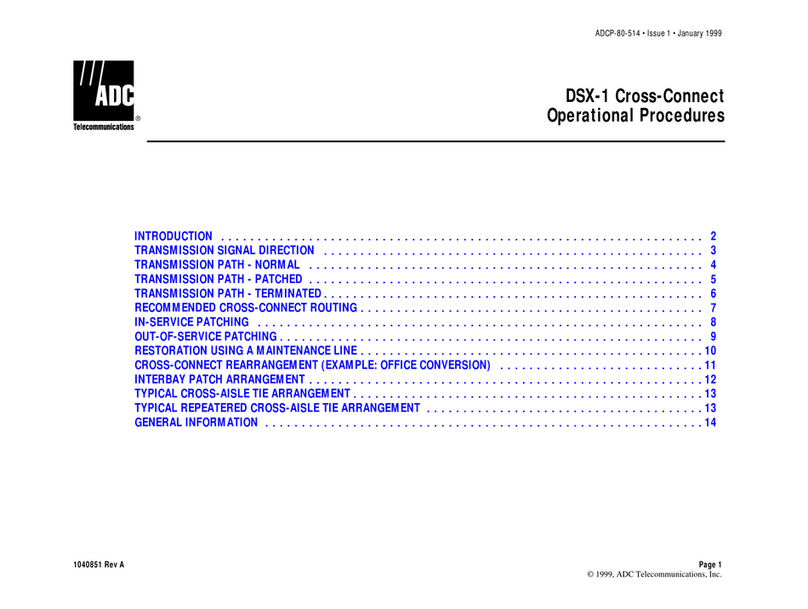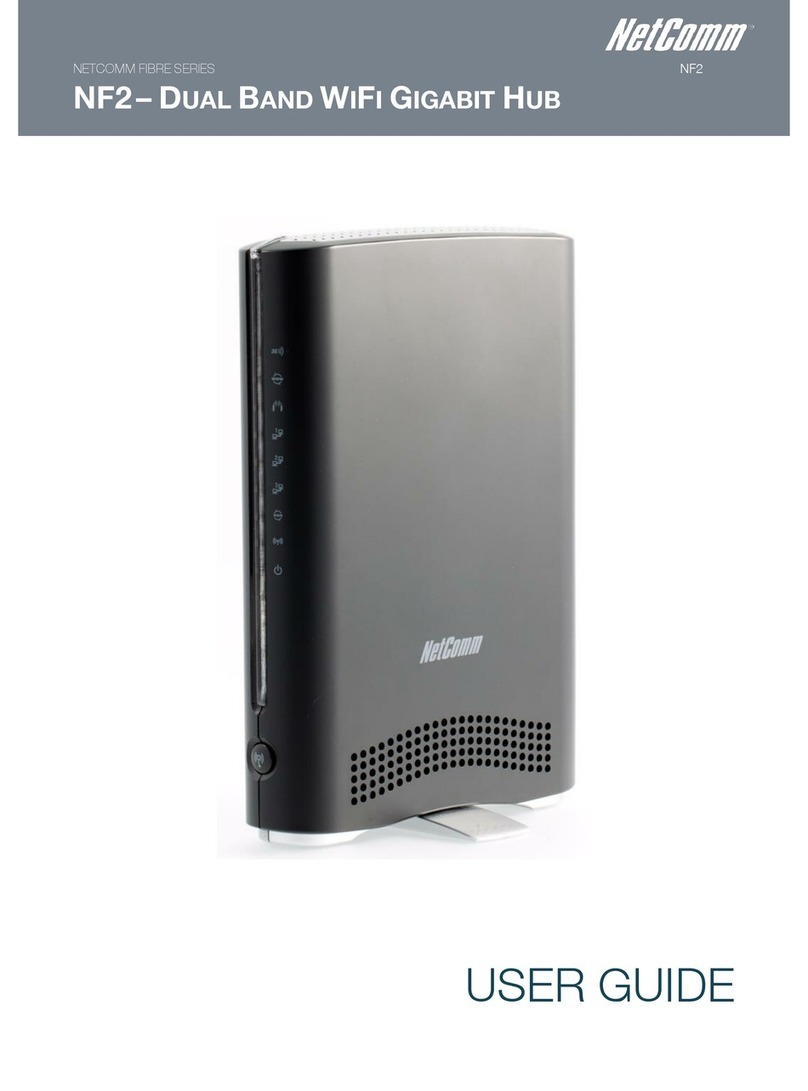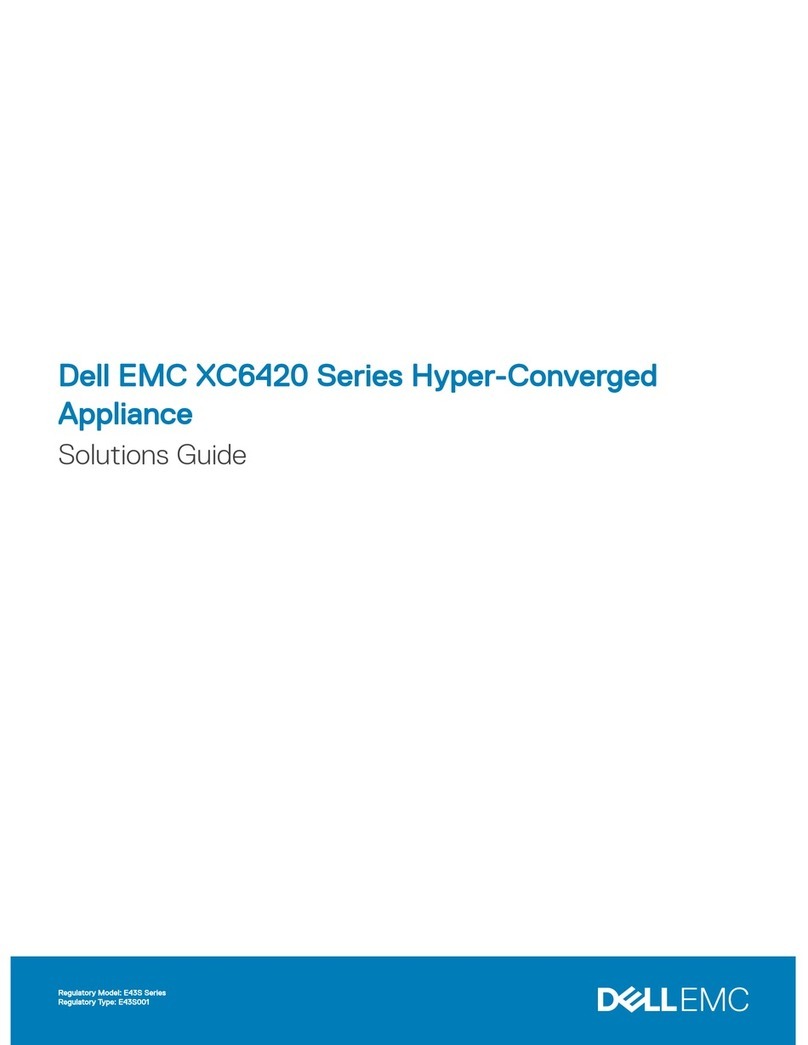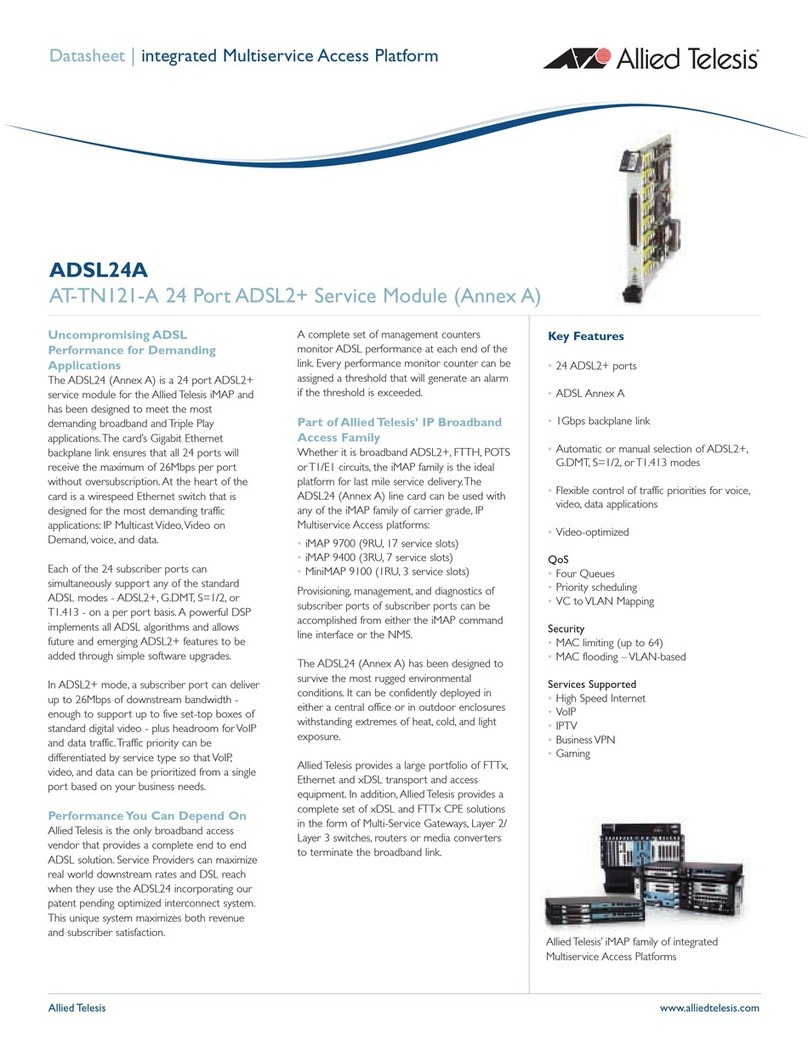
5
2. ATEUS ®- STARGATE Description – Main Features
Quick unit start – being free of an operating system (programmed in the processor code),
the system is completely ready to work within 30 seconds following its power on/restarting. Of
course, the full function time of all GSM modules depends on the actual load and capacity of
GSM networks to which the ATEUS - STARGATE is connected.
Intelligent call processing – the ATEUS - STARGATE is fully prepared to route PRI-
ISDN outgoing calls into GSM networks and vice versa. A fully intelligent LCR (Least Cost
Routing) function is the basic tool, allowing to route outgoing ISDN calls to GSM networks both
by the called number prefix, and current date and time and GSM module load in the particular
group. Functions taken over from dialers, which enable to replace a part or whole of the dialed
number with another number, are a matter of course. Calls incoming from GSM networks can
be ignored (the calling party hears the ringing tone), fully rejected (the calling party gets the
busy tone), or received. In the last-named case, the DTMF dialing in combination with voice
messages, or direct connection to the operator(s) can be selected. Using the ATEUS -
STARGATE R.C.U. (see later), you can get a highly powerful routing tool, which contains so-
called blacklist charts – barred numbers - and practically unlimited routing charts. This
combination is extremely useful for installation sites with the so-called full telephone number
carryover where a plenty of numbers come into being whose prefixes do not match the official
prefixes of providers.
Selection of GSM module use – the ATEUS - STARGATE allows you to select one of
three available ways of GSM module occupation: 1. Any outgoing call is set up via a GSM
module according to the B channel used. This option helps transfer routing functions to a
connected PBX router. 2. This mode allows to occupy GSM modules in groups cyclically, and 3.
the last option helps select GSM modules in a group according to the number of minutes called
(the counting mode can be predefined of course).
GSM-network friendly – the ATEUS - STARGATE allows to activate the automatic GSM
module log-out in certain time intervals. Using this function you can log out and disable
automatically unused GSM modules at defined time intervals. Since the time between the GSM
module activation and readiness for work is roughly 10-25 seconds, a user-defined hot reserve
is maintained, i.e. some GSM modules keep logged in. This means that any increase in the
ATEUS – STARGATE load result in an automatic activation of other GSM modules so that the
hot reserve be maintained. This feature also reduces the capacity of the GSM network to detect
a unit and disconnect it from the mains.
High connection rate – since GSM networks are not quite reliable and show lack of
capacity occasionally, the ATEUS - STARGATE is equipped with the automatic call forwarding
to other GSM networks or call rejection (without call loss). This function uses the ISDN signaling
protocol where a call SETUP message is sent to the ATEUS - STARGATE first. This message
contains the called number and CLIP if necessary. Having received this message, the ATEUS –
STARGATE can either:
• reject the call (the other party will route it to another device),
– REJECT message including reasoning (CAUSE), or
• receive and connect the call – SETUP.ACK message.
The device on the other side awaits one of the above mentioned responses for 2 seconds.
During this time, the ATEUS – STARGATE has to decide whether it is able to set up the call,
tries to find a free GSM module and establish connection. If the selected GSM module is busy, it
must find other free GSM modules. If it fails to find a free route, it rejects the call request. The
CAUSE number is user-defined. If it succeeds, it receives and sets up the call.




